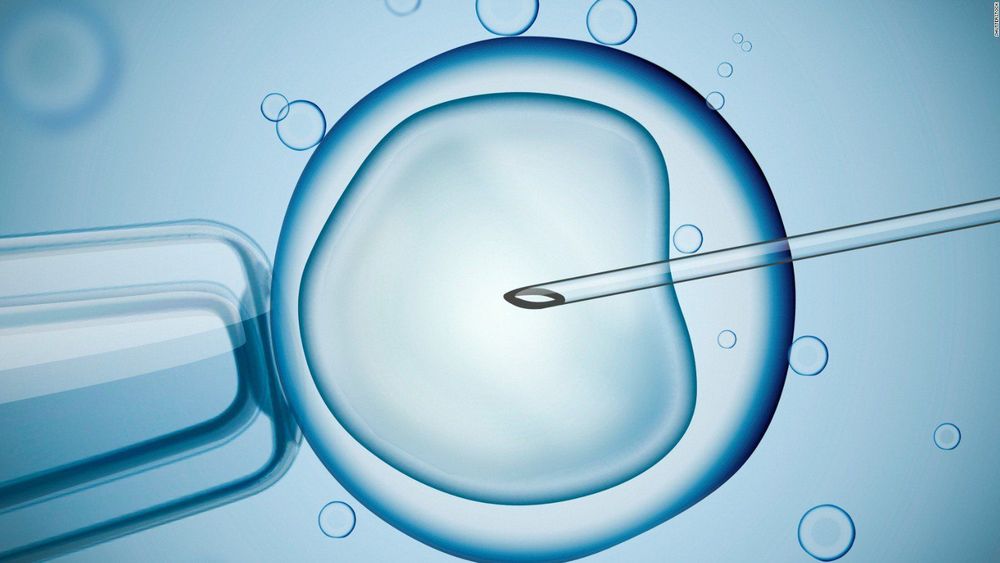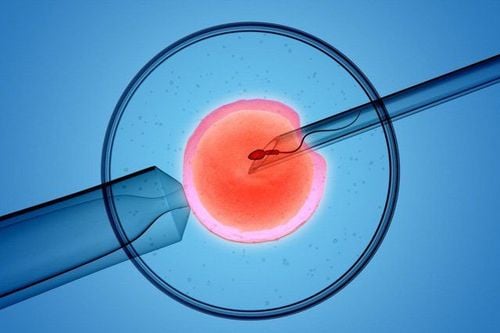This is an automatically translated article.
The article was professionally consulted by Specialist Doctor II Huynh Thi Hien - Obstetrician and Gynecologist - Department of Obstetrics and Gynecology - Vinmec Nha Trang International General Hospital.Secondary infertility is a condition in which a couple has been pregnant before, but after a period of time, they want to continue to have children and cannot conceive anymore. Secondary infertility accounts for 30% of infertility cases and has a variety of causes.
1. What is secondary infertility? Secondary causes of infertility
If primary infertility is a condition where couples have regular sex, do not use birth control methods, but after at least one year still can't get pregnant; Secondary infertility is the case where the couple has been pregnant and given birth before, but cannot continue to conceive after a "planned" period.Causes of secondary infertility in men:
Genital tract infections: Inflammation in the genitals creates conditions for bacteria to reach the testicles through the vas deferens, causing orchitis, in some cases necrosis. necessitates removal of the testicle. Blocked vas deferens: Blocked vas deferens can be caused by genital inflammation, urethritis...caused. It is one of the leading causes of secondary infertility in men. Varicose veins: Increasing degree of varicocele affects spermatogenesis. Other reasons: Men work in a toxic environment, with many chemicals, radiation... affecting sperm quality, genital dysfunction. Causes of secondary infertility in women:
Abortion and abuse of oral contraceptives: Abortion, miscarriage or abuse of emergency contraception can change the structure of the uterus and fallopian tubes. female. Tubal inflammation: An infection of the fallopian tubes that partially or completely blocks the fallopian tubes, preventing conception. Inflammation of the uterus: The lining of the uterus is damaged, hindering the movement of the embryo during implantation. Ovarian inflammation: Ovaries can be infected with bacteria causing ovarian cysts, blocked fallopian tubes... hindering ovulation and fertilization.

2. How to diagnose secondary infertility?
To diagnose secondary infertility, the doctor will conduct a physical examination and conduct tests including:In women: Hysteroscopy; Check the reserve capacity of the ovaries; Hormone testing; Pelvic ultrasound; Checking for ovulation... In men: Semen analysis; Hormone testing; Scrotal ultrasound; Genetic testing; Testicular biopsies...
3. Secondary infertility treatments
Depending on the cause of secondary infertility, your doctor will create an appropriate treatment plan for couples who want to have children. For example, infertility secondary to pathology will be treated by medical or surgical intervention; Infertility due to lifestyle will be consulted to change healthy lifestyle, nutrition; When the application of treatments does not work, couples will be advised to apply assisted reproductive methods.Some treatments for secondary infertility include:
Medical treatment: Depending on the disease of the spouse, the doctor will use appropriate drugs. In case of secondary infertility due to bacterial infections, doctors will prescribe Western medicine to eliminate the causative agent. In addition, patients can use additional drugs to support inflammation, increase resistance, improve physical condition to improve reproductive health.
Surgical treatment: Surgery is applied to severe infections such as: testicular torsion, blocked fallopian tubes, blocked vas deferens; Polycystic Ovary; fibroids...
Assisted Reproductive Methods: Some of the commonly used assisted reproductive methods for couples with secondary infertility include: Intrauterine insemination (IUI); In vitro fertilization IVF ; Intracytoplasmic sperm injection (ICSI); Embryo support (AH) ;...
Lifestyle and nutrition changes: To increase your chances of conception, you should improve your reproductive health by following a healthy lifestyle and adopting a nutritious diet. variety of nutrition such as: Regular exercise; Keep body mass index BMI between 19 - 25; Limit alcohol and stimulants; Quit smoking...

4. Secondary Infertility Prevention
Secondary infertility is more and more common, to prevent the disease, couples need to apply some methods to prevent secondary infertility:Get pregnant before the age of 35. The interval between pregnancy and childbirth is 3 to 5 years. Regular gynecological examination every 6 months. Limit abortion, abuse of emergency contraceptive pills. In case it is necessary to have an abortion, it is necessary to choose a reputable medical facility. Clean the vaginal area properly. When there are signs of vaginal infection, it is necessary to go to the doctor and get treatment immediately. Safe sex. Use birth control when you are not planning to get pregnant. Improve health by practicing sports; healthy eating; no smoking; limit alcohol and stimulants; Limit exposure to toxic pollution...
Please dial HOTLINE for more information or register for an appointment HERE. Download MyVinmec app to make appointments faster and to manage your bookings easily.














